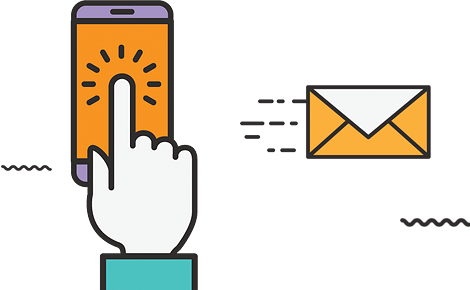Link Baiting: What It Really Means for Content and SEO
There’s a phrase that still raises eyebrows in digital marketing circles—link baiting. To some, it sounds manipulative. To others, it’s simply smart publishing. The truth sits somewhere in the middle.
At its best, link baiting is about creating material so compelling that people want to share it and point others to it.
At its worst, it’s click-chasing without substance.
Knowing the difference is what separates content that grows trust from content that quietly fades.
What Link Baiting Actually Is
Link baiting refers to the practice of producing content designed to attract backlinks. A backlink, of course, is when another website links to yours. In search engine terms, those links signal authority. They tell Google and other engines that your page is valuable enough for someone else to recommend. The more quality links a page earns, the stronger its potential to rank.
But link baiting is not about tricking people. The bait is not a trap. It’s an invitation. It might be a surprising statistic, a bold opinion, or a tool that solves a real problem. When done right, link baiting feels natural; people link because they find it useful or thought-provoking, not because you begged them to.
Types of Content That Spark Links
Not every piece of content works as bait. Some formats tend to perform better than others because they’re easy to share or they naturally add authority to another writer’s point.
- Data-heavy research: Original studies, surveys, or reports that no one else has published often attract journalists, bloggers, and industry professionals.
- Visual explainers: Infographics, flowcharts, or interactive visuals get referenced because they help readers grasp complex topics quickly.
- Opinionated commentary: A well-argued stance—especially if it challenges common assumptions—can pull in attention from peers who want to reference or debate it.
- Practical tools: Calculators, templates, or free resources give others a reason to link as they guide their own audiences.
- Curated collections: Lists of statistics, expert quotes, or best-of resources become convenient references for other writers.
Notice the pattern. The content either provides unique value or saves people time. No amount of clever phrasing replaces genuine usefulness.
The Fine Line Between Attraction and Manipulation
This is where link baiting gets a bad reputation. Some creators chase shock value. They publish sensational headlines with little substance underneath. They may grab attention, but over time, readers catch on. The links dry up, and the brand reputation takes a hit.
Effective link baiting respects the reader. It’s about giving them something they’d be glad to pass along. Think of a journalist searching for a statistic. If your content saves them hours of digging, they’ll link to it without hesitation. That link feels earned, not forced.
There’s also the matter of ethics. Buying links is still common, though it violates search engine guidelines. Link baiting avoids that by earning attention organically. It’s slower than paying for placements, but the payoff is more durable. A natural link profile not only looks better to search engines but also brings real referral traffic.
Why Link Baiting Still Matters
Search engines continue to treat backlinks as one of the strongest ranking signals. Algorithms have become smarter, but they still rely on human endorsement in the form of links. That makes link baiting more than just a tactic. It is a part of how visibility online is earned.
For brands, the benefits stretch beyond search. A well-linked piece of content often gains credibility in the industry. People remember the source that provided the data, the guide, or the perspective they couldn’t find elsewhere. Over time, that recognition compounds.
The challenge is patience. Results rarely come overnight. But when they do, they tend to stick. A blog post with 100 natural links from respected domains will keep paying dividends long after the day it was published.
Final Thoughts
Link baiting isn’t about gaming the system. It’s about publishing material that people find so valuable they want to reference it. When executed with honesty and creativity, it can serve as both a search strategy and a reputation builder. Done poorly, it feels hollow. The choice comes down to intention. If the goal is to add something useful to the conversation, the links usually follow.







